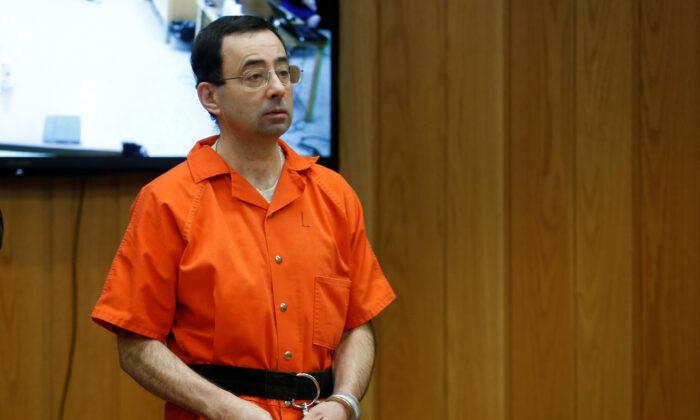A new report shows U.S. business activity growth slowed for a third straight month in August, weighed down by supply chain disruption, hiring woes, and softer consumer demand linked to the spread of the Delta variant of COVID-19.
Services
IHS Markit’s services index fell to 55.2, also hitting an eight-month low, from 59.9 in July. The services sector accounts for over two-thirds of U.S. economic activity.“The expansion slowed sharply again in August as the spread of the Delta variant led to a weakening of demand growth, especially for consumer-facing services, and further frustrated firms’ efforts to meet existing sales,” Chris Williamson, chief business economist at IHS Markit, wrote in the report.
Input costs in the service sector rose significantly and at one of the fastest rates on record, the report noted, driven by a combination of supplier prices and wage costs.
Manufacturing
The IHS manufacturing measure slid to 61.2 in August from an all-time high of 63.4 in July, retreating to a four-month low.While the expansion of new orders in the manufacturing sector slowed somewhat in August, client demand remained relatively solid, the report showed. At the same time, material shortages and difficulties finding and retaining employees weighed on manufacturing growth in August.
“Not only have supply chain delays hit a new survey record high, but the August survey saw increasing frustrations in relation to hiring. Jobs growth waned to the lowest since July of last year as companies either failed to find suitable staff or existing workers switched jobs,” Williamson wrote.
At the same time, the rate of inflation in the cost of raw materials was the highest in the history of the IHS survey, which dates back to 2007, as suppliers hiked prices.
“Prices charged for goods and services grew at an increased rate as demand once again ran ahead of supply, most notably in the manufacturing sector,” Williamson wrote.
Prices are poised to continue to rise sharply, Williamson predicted, driven by shortages of materials and labor. If the cooling in demand observed in August continues, “this should alleviate some of the inflationary pressures.”
The findings of the IHS survey dovetail with a growing view that the pace of economic expansion is tailing off after two successive quarters of growth above 6 percent, a back-to-back performance not seen since the 1980s.
Goldman Sachs economists last week slashed their third-quarter gross domestic product estimate to 5.5 percent from 9 percent.






Friends Read Free